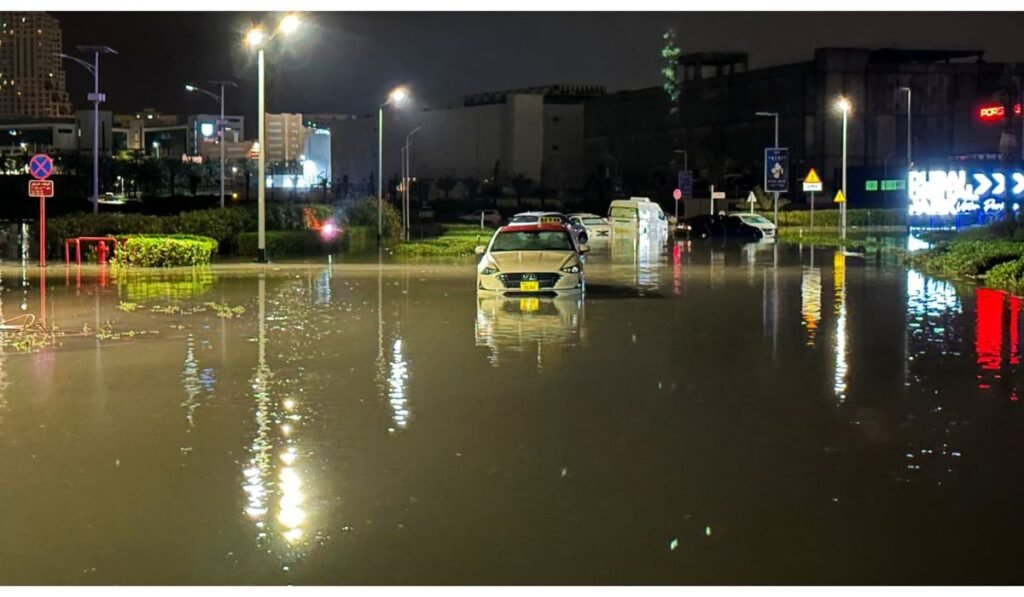The National Center of Meteorology (NCM) confirmed monitoring the heavy rainfall but clarified no cloud seeding occurred. They cited natural precipitation as the cause of the storm. Despite this, the Gulf state has witnessed a surge in rainfall over recent years, with projections indicating a 30% increase in precipitation in the foreseeable future, as reported by the science journal Nature. In response to the recent floods in Dubai, the UAE government unit has adamantly denied any involvement in pre-flood cloud seeding activities. The National Center of Meteorology (NCM) stated that although they monitored heavy rainfall, no cloud seeding was conducted during that period. This denial comes amidst speculation regarding the government’s potential role in exacerbating the flooding through artificial weather modification techniques.
Omar AlYazeedi, deputy director general of the NCM, said the agency “did not conduct any seeding operations during this event.”
He added, “One of the basic principles of cloud seeding is that you have to target clouds in its early stage before it rains, if you have a severe thunderstorm situation then it is too late to conduct any seeding operation.”
On Tuesday, the UAE witnessed its most significant rainfall event, with over 250 millimeters recorded in Al Ain, as reported by the NCM. Moreover, areas like Dubai received more than 100 mm of rainfall. Typically, the UAE sees an annual rainfall ranging from 140 to 200 mm.
read more
image source








